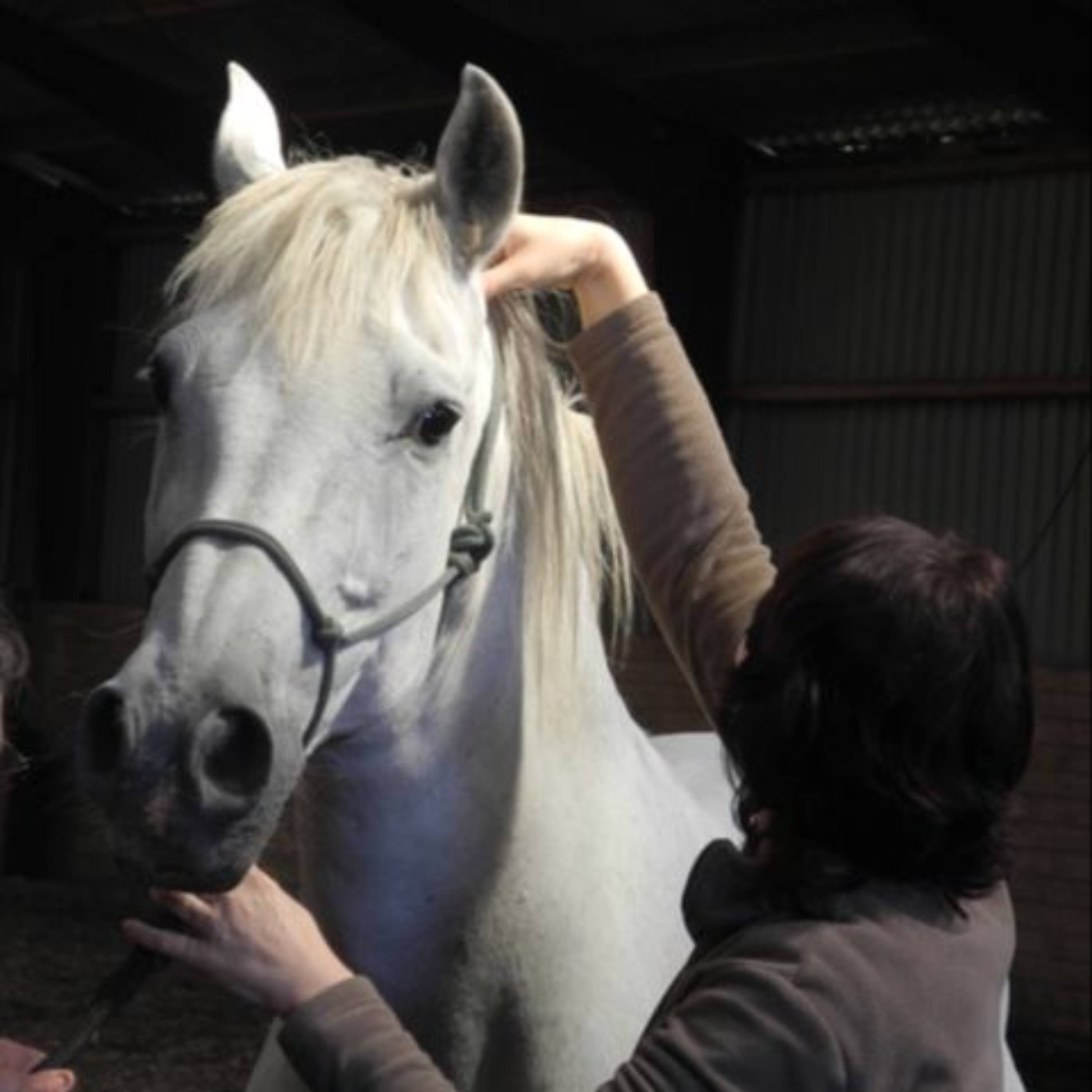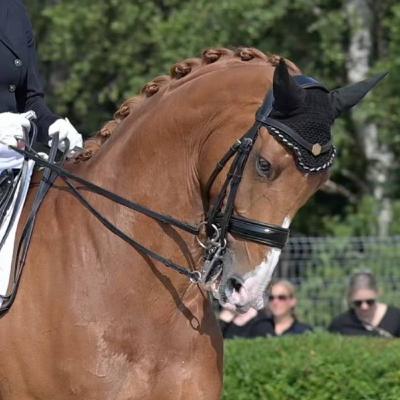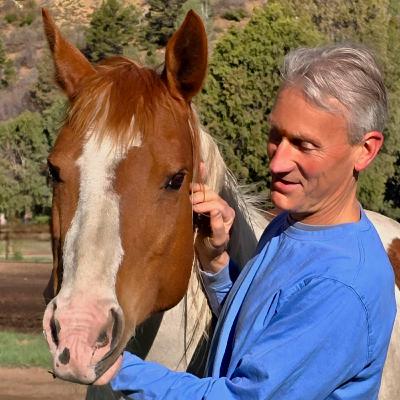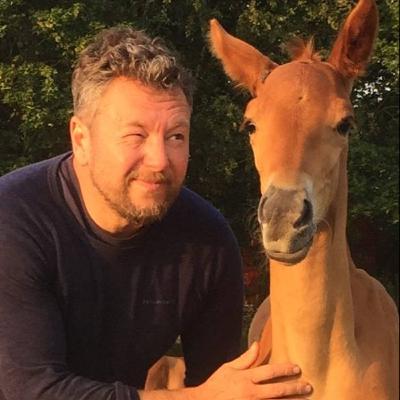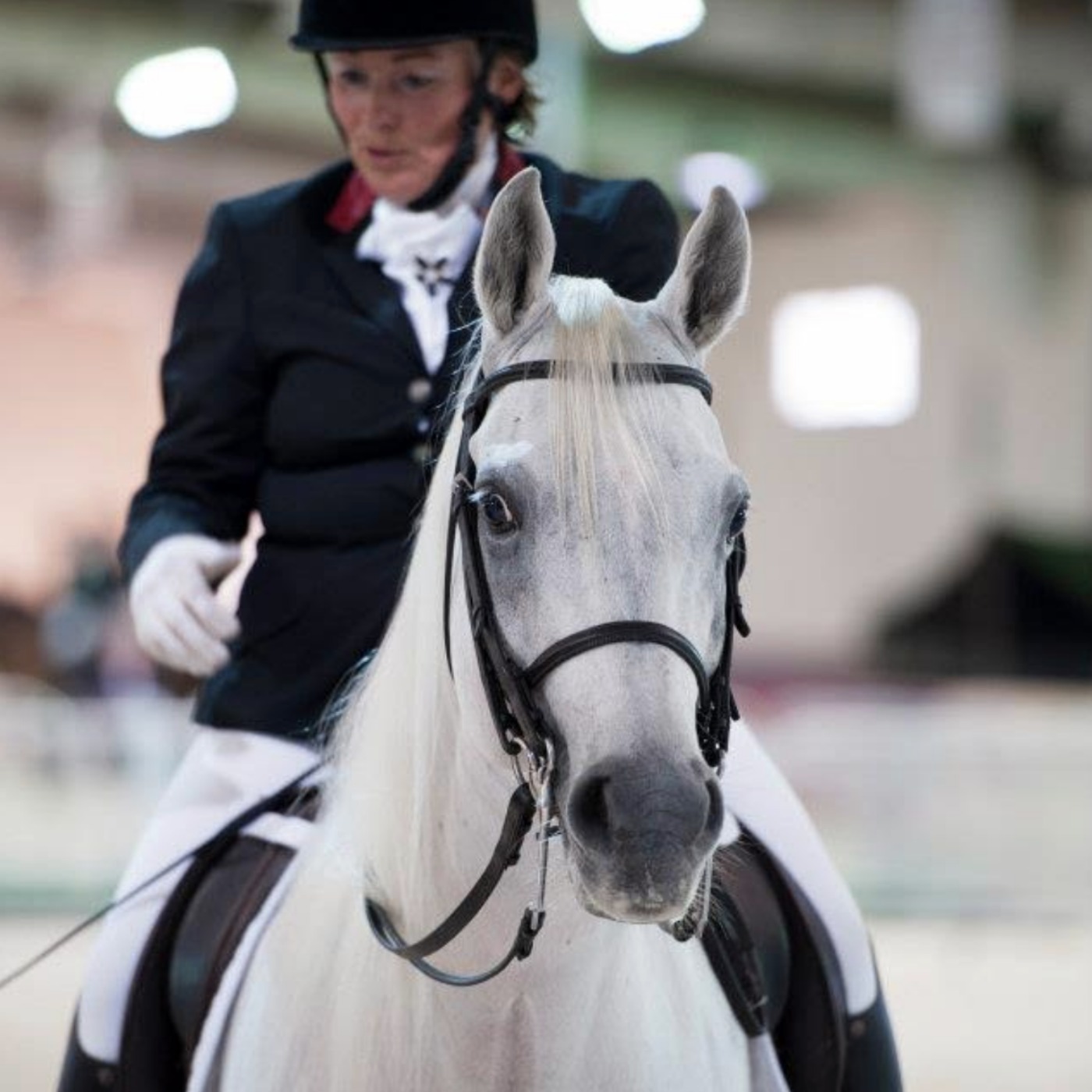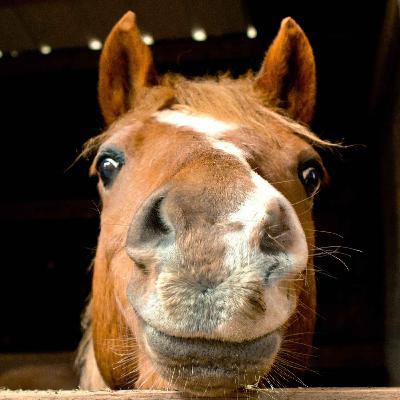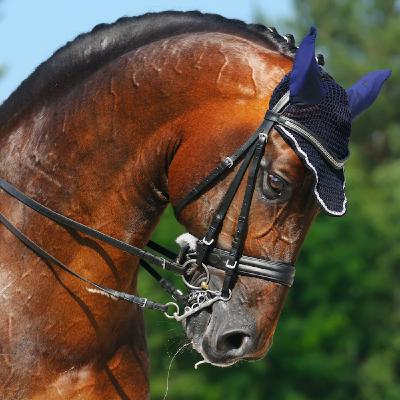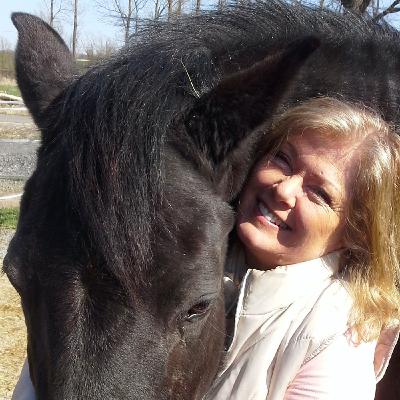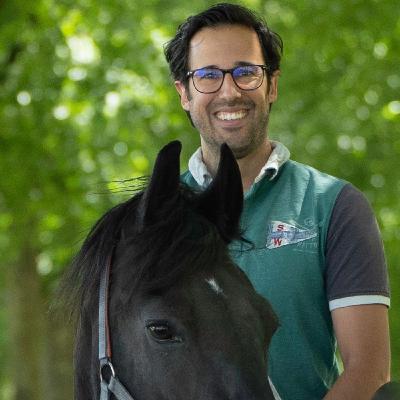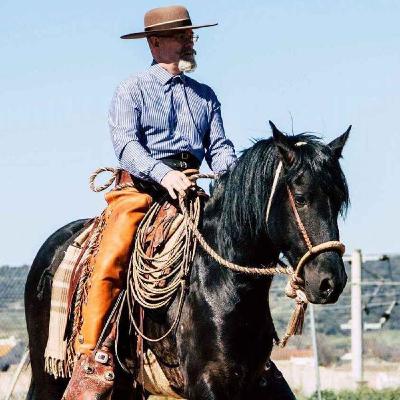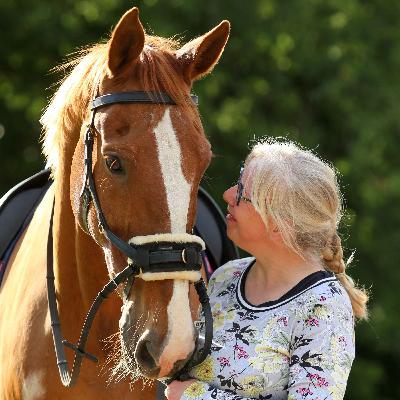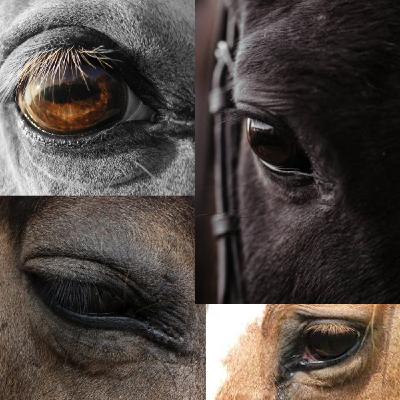Discover CLAN OF THE HORSES
CLAN OF THE HORSES

CLAN OF THE HORSES
Author: Live Bonnevie
Subscribed: 15Played: 373Subscribe
Share
© 2025 Live Bonnevie
Description
A podcast about horses and horse people that takes a closer look at our most important friend - ever. New episodes on the first Monday of the month. www.clanofthehorses.com Art work photo: Femke Ketelaar
45 Episodes
Reverse
- I have learned so much about pressure and control, but if you get a real connection you can just ask the horse and wait and it will happen, says Jasmin Schacht. We met for the first time about 20 years ago and I have never forgotten the first time I met her red thoroughbred horse Mayday...
It's crucial to bring this perspective with us: we must remain humble and remember that horses expressing pain, discomfort, or uncertainty should always be taken seriously. Just because we don't always understand what triggers a horse's behaviour, doesn't mean it originates from nothing. It never does. In todays podcast episode, the topic is the horse seen from the inside and my guest is veterinarian and anatomist Ivana Ruddock. www.livebonnevie.no
Photographer and fine artist Crispin Parelius Johannessen has been called "a man on a mission," and he certainly is. A man with a self-imposed mission to remind us that we cannot trust our own eyes to be reliable enough to ensure the good welfare of our horses. Quite the opposite. Photo: Crispin Parelius Johannessen. www.livebonnevie.no
✅ Video materials & links - Norwegian blog: https://www.livebonnevie.no/blog/foto-velferd-tikkende-bombe
✅ Link to Norwegian bonus episode: https://shows.acast.com/hestenes-klan/episodes/bonus-247
✅ Video materials and links - English Blog: https://www.clanofthehorses.com/2025/06/02/39-the-whistleblower/
- Often, when our strategy is to increase pressure, taking a step back—allowing the horse to breathe and process—is a far better way to move forward. Synchrony is what horses want, and what they're always looking for. As a rider, you should seek it out too. Because when you and your horse are truly in sync, riding is effortless, says Dr. Steve Peters, who is a leading authority on equine neuroscience.
✅ For clinic schedule see: https://horsebrainscience.info/2025-schedule/
✅ For visual content see: https://www.livebonnevie.no/blog/pressure-and-relief
NOTE: I have no commercial affiliation with Steve or his clinics. I'm sharing this information purely because I believe in the value of his important work.
- Janet Jones earned her PhD from UCLA and taught the neuroscience of perception language, memory and thought for 23 years. But what caught my attention and piqued my curiosity was her understanding of how the equine brain compares to ours - and the value of brain-based horsemanship.
This week’s podcast guest is fine artist and photographer Crispin Parelius Johannessen, who has spent more than 15 years photographing horses in equestrian sports. I hope you view this episode as an invitation to question not only what you see - but why you see it.
Have Grand Prix Dressage on international level been reduced to a culture dominated by silence, greed and money? A culture where good people are reluctant to speak their minds when they should be advocating for the welfare of horses? Former FEI Judge Hege Trulsen, talks about some of challenges we are facing at the moment, and how we can solve them. This is a translated and updated version of the original Norwegian interview published in December 2023.www.clanofthehorses.com
In this episode, I revisit Sue Dyson, one of the initiators Horse and Hound referred to as top equestrians when we launched our petition campaign New Era for Equestrian Sports #LetHorsesSpeak in December 2023. Sue Dyson is a specialist in veterinary medicine and rehabilitation, a surgeon specialist in Equine orthopedics and I've come to know her as a professional who has dedicated her life to improve horse welfare. www.clanofthehorses.com
A horse can certainly be forced to do whatever we want it to do because they are sensitive flight animals seeking safety and survival. And if events organised by the FEI do not crack down on ugly riding on warm-up arenas, or displayed conflict behaviour in horses and fail to set a proper ethical and welfare standard for the sport, what do you think happens at events further down the food chain? www.clanofthehorses.com
- Sometimes the horse exhibits behaviour that we mistakenly interpret as disobedience, but it's actually a cry for help. In such cases, it's not effective to ride for a trainer who instructs you to look straight ahead, keep your hands still, and use your legs, says Elaine Butler, who was forced to change her approach when she bought a horse that wouldn't yield. www.clanofthehorses.com
- I really call this disruptive technology because from this point on there is no excuse anymore not to measure lameness objectively. It's practical, it's scientifically proven and it's validated, says doctor in veterinary medicine Filipe Bragança, who holds a PhD in biomechanics. www.clanofthehorses.com
- We need to start with the assumption that animals aren’t looking for conflict. They don’t want conflict any more than we do. But animals will become aggressive if they become frightened. So the number one point is never to scare them, says Professor Emeritus of Ethics and Animal Welfare, James Serpell. www.clanofthehorses.com
- Good ridning means that you stop disturbing the horse, and that is one thing I find it important to tell everybody; get out of the way, cause you are the problem, says Arne Koets, who during his five years as a rider and curator at the Fürstliche Hofreitschule in Bückeburg truly started to master the art of riding and the High School movements. He is a very versatile trainer and a full-time professional instructor in HEMA (Historical European Martial Art). Photo: Matilde Brandt www.clanofthehorses.com
- Rather than focussing on the footfall of your horse, feel the rhythm in the movement of his spine. It is like the rhythm of a song, and you can move with it, says Jeff Sanders. Photo: Amanda Melchior. www.clanofthehorses.com
- We have a running joke in the US about how California and Texas got into a fight about horsemanship and Texas won, says trainer Jeff Sanders.
- Offering our horses scentwork and exploration exercises not only reduces stress and make them more confident. It can also be a brilliant tool when horses struggle with what we often refer to as behaviour problems, says the Dutch trainer Rachaël Draaisma.
- We’ve been conditioned that many behaviours exhibited by the ridden horse are normal, when they are in fact often a reflection of underlying musculoskeletal pain. And if we resolve the pain, the behaviours will disappear, says veterinarian and Equine Orthopeadic Specialist Sue Dyson.
- What I teach can be tricky to teach people because they often expect a series of steps, but what I try to teach them is how to be more aware, more intuitive and more creative, says horse trainer Amy Skinner.
In today's episode you'll meet Turid Rugaas and Rachaël Draaisma who will shed some light on equine calming signals. Photo: Anne Lill Kvam.




